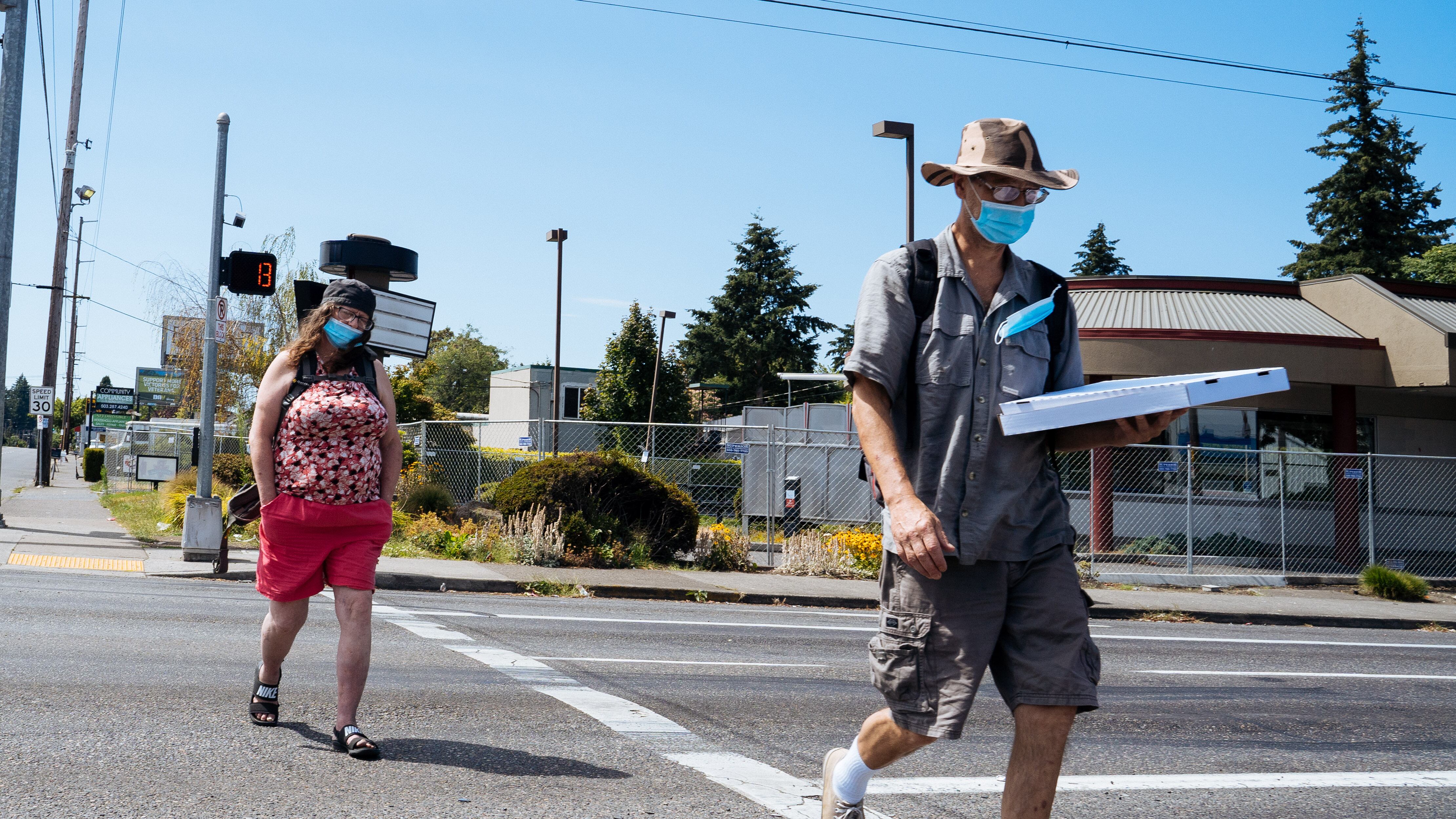Geoffrey Donovan says trees can help Portland fight crime.
He realizes that might sound peculiar. But with the city locked in debates over police funding and gripped by a wave of gun violence, any relief would be welcome. And Donovan, a Portland research forester with the U.S. Department of Agriculture, has conducted several studies showing a correlation between a neighborhood's tree canopy and its crime rates.
"Trees signal that a neighborhood is well cared for," Donovan tells WW. "Neighborhoods that show signs of disorder send a subliminal signal. Buildings that had more trees around them had less crime."
And guess what East Portland lacks? Trees.
Citywide, about one third of Portland is covered with trees. More specifically: 30.7% of the city has what experts call canopy coverage. This is measured by looking down from a bird's-eye view at the top of the tree and measuring how far the leaves span out in all directions.
But this canopy coverage is not distributed equally. Between 2010 and 2016, Portland Parks & Recreation conducted an inventory of streetside and park trees in most Portland neighborhoods.
Outside of natural areas like Powell Butte, not a single neighborhood listed in the inventory report east of 82nd Avenue meets the 30.7% average citywide canopy coverage.
The East Portland neighborhood with the highest percentage of canopy coverage is Powellhurst-Gilbert at 27%. The lowest in outer East Portland is Argay Terrace, at 13%. These neighborhoods also have a high population of low-income residents and people of color.
Nik Desai, an urban forester with Portland Parks & Recreation, says trees should be considered essential services. "They have a way of helping us cope with stress," Desai says. "There have been studies that show that students who can see a tree outside of their classroom window are more likely to score higher on their tests. Even just seeing a tree has a calming effect on us."
Whitney Dorer, interim executive director of Friends of Trees, says her nonprofit only plants trees on the city's eastside because of the significantly higher need.
"You see the discrepancy with communities that have access to trees and those that don't have the same infrastructure," she says. "There are differences in air quality and heat."
Anjeanette Brown, 38, can feel the difference. She's lived in outer East Portland for 12 years in the Centennial neighborhood. Last year, trees were cut down outside her home.
"It's the first year we've used our air conditioner," Brown said. "It's definitely hotter inside our house."
Multnomah County's 2015 Climate Action Plan made a goal to increase forest canopy to at least 33% of the city, but that doesn't guarantee an equitable distribution across all neighborhoods.
Also, it takes about 12 years for a newly planted tree to grow to a size that's recognizable as a tree rather than a shrub.
"It's vital for low-income, low-canopy neighborhoods [to have trees] because often in those situations residents don't have the means to get out to a park," Desai says. "So if you can step outside your door and be near a tree, that's the next best thing."
